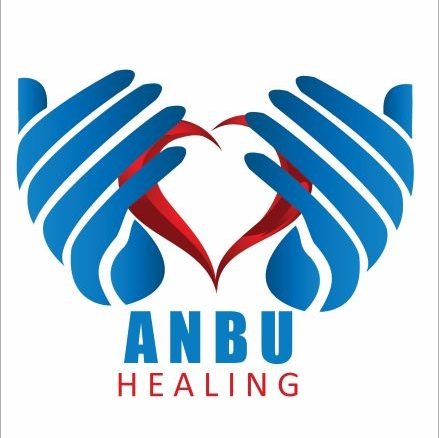WHAT IS ACUPUNCTURE?
Traditional Chinese Medicines likens the human body to a highly complex electrical circuit. Like any electrical circuit it must be kept in good working order if it is to function effectively, and if the circuit breaks down the result is illness. Among the major assumptions in TCM are that health is achieved by maintaining the body in a “balanced state” and that disease is due to an internal imbalance of yin and yang. This imbalance leads to blockage in the flow of qi (pronounced “chee”, meaning vital energy) along pathways known as meridians.
Traditional Chinese Medicines theorizes that it is essential for qi, as well as blood to circulate in a continuous and unobstructed manner for good health of the mind and body. Acupuncture meridians or channels are the pathways through which the energy flows throughout the body. Acupuncture points lie along the meridians and are the holes that allow entry into the acupuncture meridians. The acupuncture points provide gateways to influence, redirect, increase, or decrease body’s vital substances, qi (energy) & blood, thus correcting many of the body’s imbalances.
Acupuncture is a technique that is non-invasive and painless to many. The procedure that involves putting very thin needles into your skin at certain points on your body. Sometimes heat, pressure, or mild electrical current is used along with needles to enhance the effects of the treatment.
WHAT HAPPENS DURING ACUPUNCTURE?
Wear light and comfortable clothes. Your acupuncturist will ask specific questions about your needs and how well you are functioning. He or she will also ask about your overall health. Then your provider will look for the places (called points) on your body to access the energy that is blocked or not flowing correctly. Most acupuncture points are located in the hands and feet, head, abdomen, and back. Each of the points relates to certain health problems or body functions.
Acupuncture is done with extremely thin flexible needles made of steel alloy. There is nothing special about the needle, it is merely a tool to correct the energy imbalance in the body, and or release neurotransmitters. There is often a brief “ needle prick” sensation as the needle passes through the skin. As the needle begins to work and effects start to occur, one may feel numbness, heat, dull aching or tingling sensation in the vicinity of the needle insertion. Generally, the needles are left in place for about 30 – 45 minutes. They may be rotated by the practitioner or stimulated by electricity or heat.
PHYSIOLOGICAL EFFECTS OF ACUPUNCTURE
Recent studies suggest that Needles used in acupuncture activate small nerve fibers in the muscle, which transmit impulses to the spinal cord, and activate centers in the central nervous system releasing a variety of chemicals called neurotransmitters, many of which have pain-relieving properties. and stimulates the production of chemical transmitters between the neurons (neurotransmitters) and increases the sense of wellbeing. It is thought to be particularly effective in inducing the opioid peptide (endorphins, enkephalins, and dynorphins) which are closely involved with the perception of pain in the central nervous system, thereby regulating and reducing pain.
Acupuncture is thought to affect electric energy between tissues, thereby facilitating healing by allowing transfer of nutrients to injured or affected cells. Another theory considers that acupuncture affects the blood concentration of triglycerides, cholesterol, and phospholipids, helping the production of healthy blood and ensuring the free flow of oxygen.
HOW SAFE IS ACUPUNCTURE?
Traditional Chinese Acupuncture only uses sterile, disposable and highly specialized acupuncture needles and adheres to clean needle technique in accordance with the National Acupuncture Foundation and World Health Organization. The side effects due to acupuncture are considered to be minor and transient.

